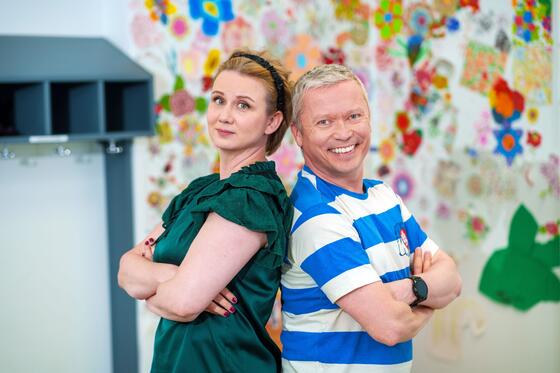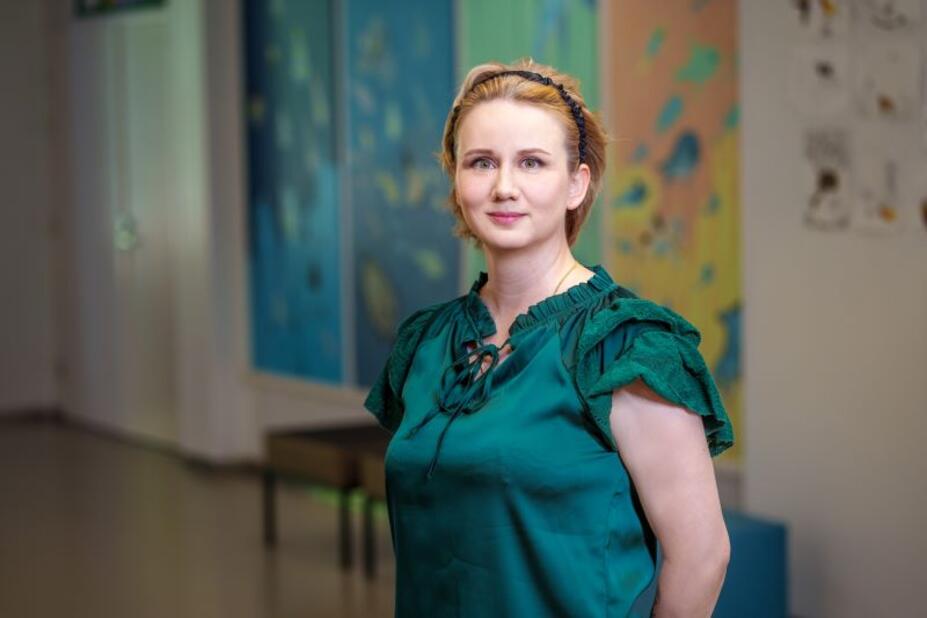Helsinki halves its food waste – waste food ambassadors Marjo Niskanen and Mika Marttila give their support
Helsinki halves its food waste – waste food ambassadors Marjo Niskanen and Mika Marttila give their supportThe City of Helsinki is committed to the EU target of halving its food service waste by 2030 compared to 2021. The target is demanding, and achieving it requires a new kind of thinking and permanent changes in operating methods for all food service producers and clients in the city.






